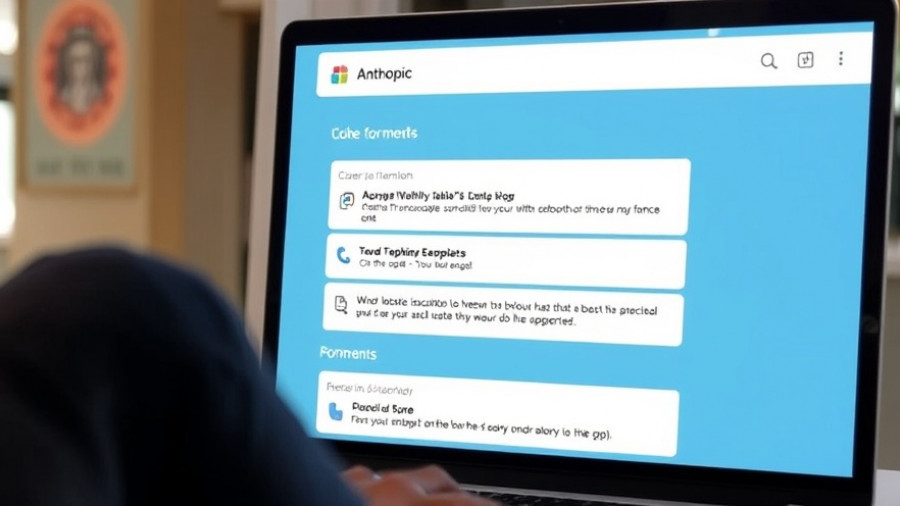
The Emergence of HexStrike AI in Cybersecurity
In recent years, the cybersecurity landscape has been evolving rapidly, and the introduction of HexStrike AI is poised to significantly shift the paradigm. With version 6.0, this innovative platform combines the capabilities of advanced AI models like ChatGPT, Claude, and Copilot with over 150 professional security tools, enhancing the effectiveness of cybersecurity operations. This multi-agent approach not only streamlines cybersecurity processes but also automates complex tasks traditionally requiring human intervention.
Transforming Proactive Security Measures
HexStrike AI represents a leap forward in how security assessments are conducted. Its structure, as a Multi-Agent Control Protocol (MCP) server, allows various agents to collaborate autonomously, thus transforming them into “world-class cybersecurity experts.” With specialized agents such as BugBountyWorkflowManager and CVEIntelligenceManager, this platform optimizes reconnaissance, vulnerability discovery, and exploit generation. By reducing the burden on human operators, it increases the speed and efficacy of security assessments, a critical factor for businesses plagued by cyberattacks.
A Deep Dive Into the Features
Version 6.0 doesn’t just slightly enhance its toolset; it more than doubles its capabilities from 70 to over 150 integrated tools. This extensive arsenal includes key tools for diverse domains such as network security, web application testing, and binary analysis. For instance, the newly introduced advanced Browser Agent functions as a formidable alternative to Burp Suite, enabling tasks like deep DOM analysis, capturing screenshots, and monitoring network traffic—all foundational elements of modern security testing.
The Role of AI in Modern Cybersecurity
HexStrike AI embodies the increasing need for AI integration in cybersecurity operations. By employing an Intelligent Decision Engine, the platform autonomously analyzes targets, optimizes tool selection, and even devises multi-stage attack chains tailored to specific technology stacks. This intelligent orchestration allows for a focused attack on vulnerabilities that human experts might overlook, increasing the overall security posture of organizations.
Challenges and Opportunities Ahead
Despite its promising outlook, the deployment of advanced AI tools like HexStrike AI comes with challenges. Cybersecurity efforts must keep pace with increasingly sophisticated attacks. Relying solely on automated tools can lead to unexpected vulnerabilities if not managed appropriately. However, embracing such technologies can also present opportunities for significant advancements in defensive strategies, making proactive security measures more robust.
The Future of Cybersecurity with HexStrike AI
The journey of HexStrike AI is just beginning. The platform is not only a game changer for those in autonomous red teams and bug bounty hunters but is also valuable for enterprise security teams who need to mitigate risks in an ever-adapting threat landscape. It emphasizes the importance of continuous adaptation in the cybersecurity domain, where having timely and accurate information can mean the difference between a secure and vulnerable environment.
As new features and integrations continue to roll out, the ongoing evolution of HexStrike AI and similar platforms will be crucial for businesses striving to stay a step ahead of cyber threats.
 Add Row
Add Row  Add
Add 




Write A Comment